Hello. This is a new correspondent, Hanes.![]()
![]()
Do you have anything to look at when you walk around the town?
I think there are various shops where you can line up, show windows, roadside flowers, passersby, etc.
In addition to the water outlets (Part 1 and Part 2), which I talked about before, I would like to talk about.
You will also see the reference points (especially triangular points and benchmarks) used for map creation and surveying.
Some climbers may have seen a triangular point at the summit.![]()
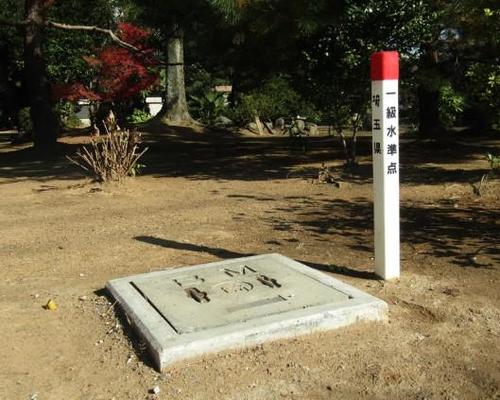
Among the many triangular points and benchmarks in the whole country, I particularly like it.
It's called a punctuality standard!
The number of these benchmarks is limited even when viewed throughout Japan, and remains biased toward large cities.
The feature is a mark similar to the kanji character "No".
Unlike ordinary benchmarks, there is no easy-to-understand indication that this is a benchmark.
It's a mysterious mark known to those who know quietly exist in unexpected places.![]()
In the exhibition on the sluice gates by supporters of the local Tenmonkan at Time Dome Akashi, the event was held.
This meticulous level is also introduced.
In this blog, senior correspondents Jute and Akira Makibuchi / Sai Sharaku were also featured.
In Chuo-ku, there is one meticulous level point and one place related to it.
This time, I would like to introduce some examples that can be seen outside the ward.![]()
■Encounter with meticulous standards and mysterious relationships
The kindness of a resident of U.K. to take me to an old church....
I found a mysterious "non" mark engraved on the outer wall.
At first, I thought it was a mischief or something like a stone wall stamp in Japan, so I didn't care about it, but the more I visited historic sites, the more I saw it, the more I saw it.
I began to wonder if this had any meaning.![]()
About a year later, when I started volunteering at a cathedral in a city registered in World Heritage, I started a volunteer guide.
Coincidentally, I found the same mark that is quietly engraved under the door of the church!
Suddenly, when I checked with the volunteer leader, the identity of the mysterious mark was confirmed.
I understand that this is a meticulous level in Japan.![]()
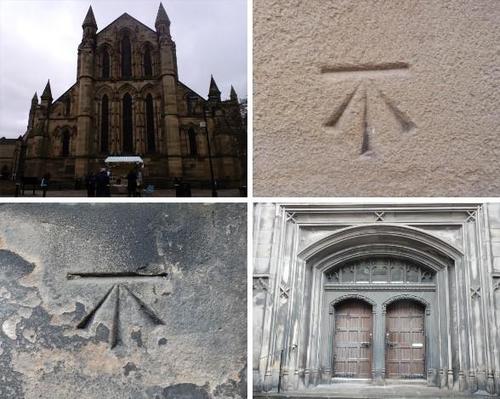
(Upper: punctuality of encounters, lower: punctuality of volunteer destinations)
■Tour of meticulous and triangular points in U.K.
Since then, I have started walking by taking pictures of meticulous level and triangular points, like collecting stamps and commemorative coins.
Historic buildings is only marked with a mark.
I realized that a numbered plate (called Flush Bracket locally) has been installed on the top of new buildings and mountains and hills.
I came to know that OSBM on the plate is an abbreviation for Ordnance Survey Bench Mark (British Land Surveying Department benchmark).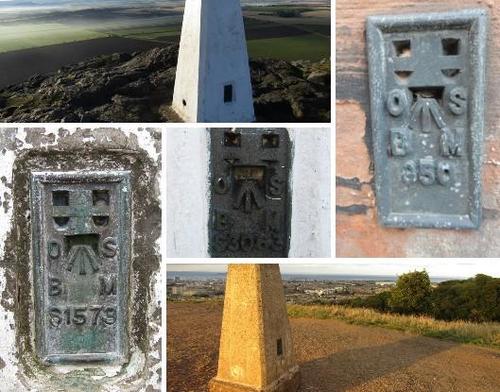
■Critical Levels in Japan
After returning to Japan, I heard that Japan has a low level of this type.
Taking advantage of the opportunity of a business trip, the first place I headed was Osaka Castle.
I was sorry that I was half hidden, but I was able to find it safely.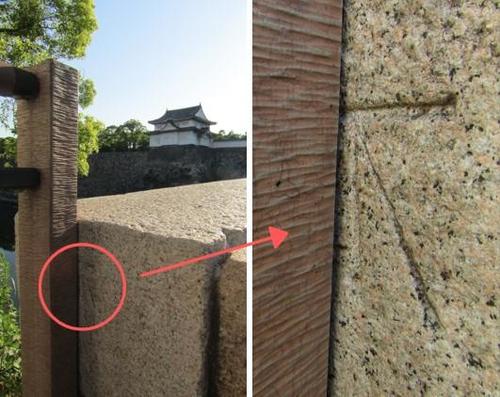
Next, I would like to see an example in Tokyo, a flat stone near the Shinji Pond in Hibiya Park.
I went to see what is engraved on Eboshiishi and what remains in the Imperial Palace.![]()

■Meticulous level in Chuo-ku
Although the introductory has become longer, there is one point left in Chuo-ku, so the destination we headed....
Ichiishibashi lost stone marker built in 1857 (1857) *!
(* How to remember the Hanes style: dislike (18), this (5) Nana (7) lost child. I'm relieved (Ansei) (4). It can be found here![]() .
.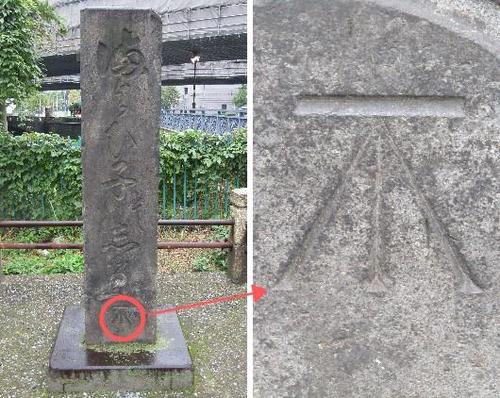
It is engraved quietly at the bottom, so check it out when you go nearby.![]()
According to the exhibition commentary by Time Dome Akashi, English-style inch was adopted as the benchmark in the early Meiji era.
It is said that the horizontal bar attached a "non"-shaped meticulous level point indicating the altitude to stone pillars, signposts, lanterns, torii, etc.
Later, the surveying business shifted to a German style, and in 1891, "Rei Kishi Shimashin Point / Crossing" (meaning intersection No. 0 on the standard route) was established.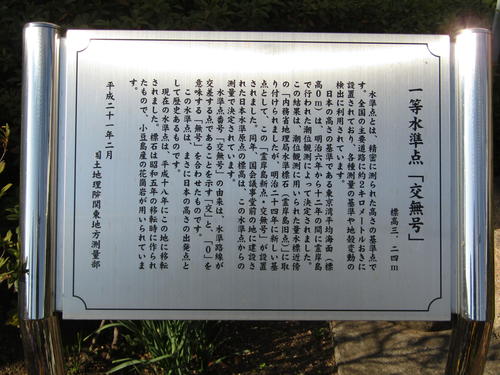
The one near Chuo-ohashi Bridge is said to have been relocated in 2006.![]()
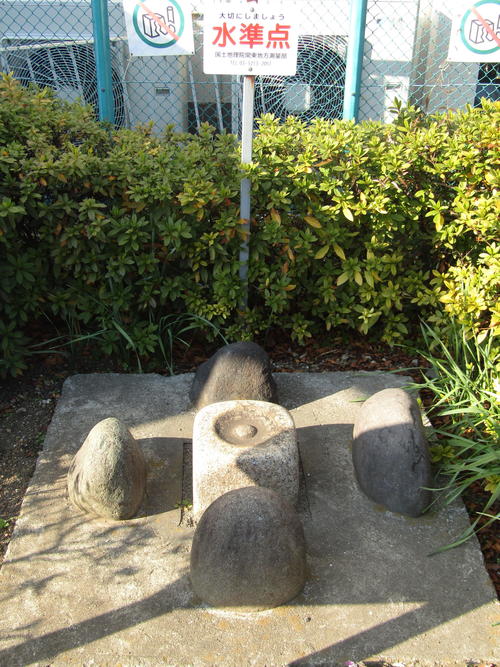
In this way, in Chuo-ku, we can follow a part of the history of development of benchmarks.
■For those who are interested in punctuality.
At an event hosted by the Geographical Survey Institute, which is held before and after the survey day (June 3).
The Japanese standard on the site of the Kensei Memorial Hall (the site of the Land Survey Department) will be open to the public.
It is a valuable opportunity to see what is the standard of height in Japan up close.![]()
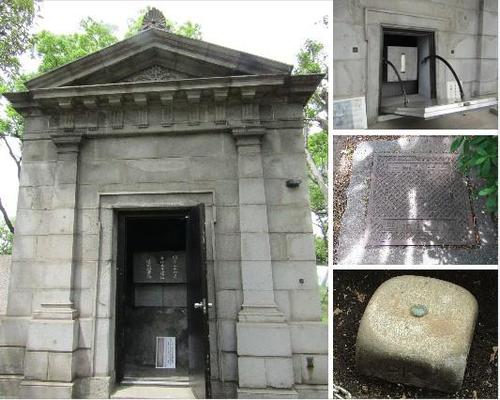
There are some interesting stories that can only be heard at this event.
If you are interested in the standard, please come and visit us.
You may deepen your understanding of the implications in the city.![]()
Chuo-ku Tourism Association Official Blog
Chuo-ku Tourism Association correspondent blog
Introducing Chuo-ku's seasonal information by sightseeing volunteer members who passed the Chuo-ku Tourism Association's Chuo-ku Tourism Certification and registered as correspondents.
List of AuthorsRecent blog post
|
Look for the mysterious mark "No" and 3,000 ri
|
MenuArchiveLinks |

